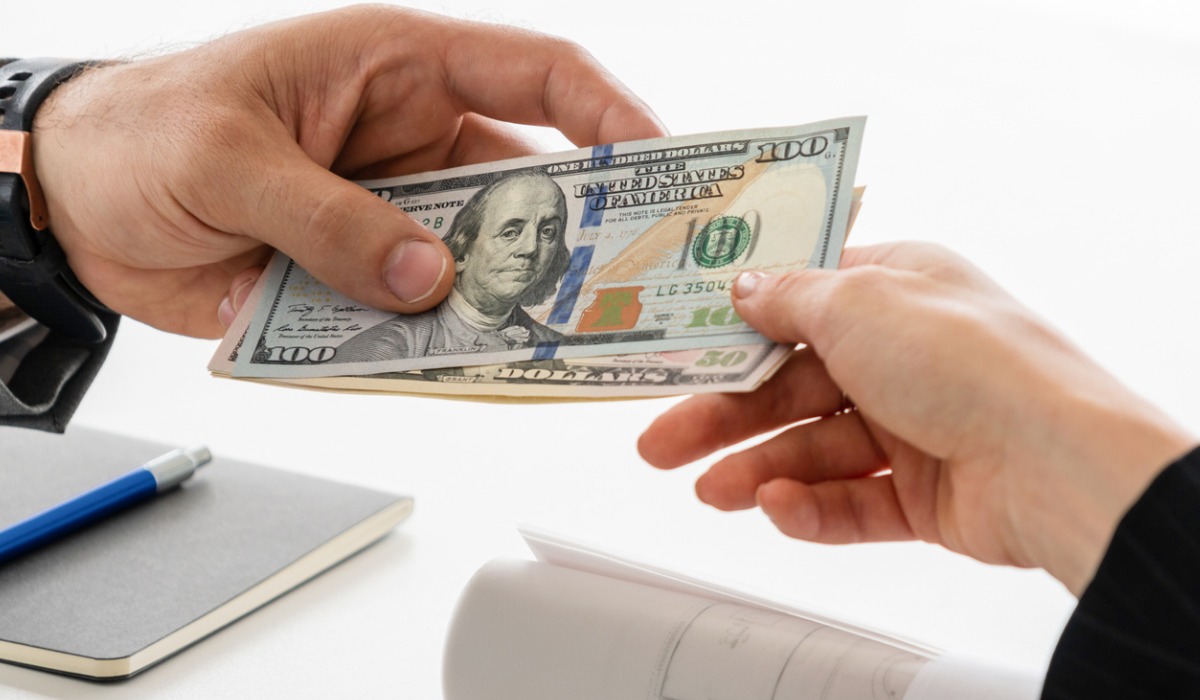
Make Tax-smart Withdrawals From Your Business With This Series
Article from TheTaxBook
Welcome back to the second of our 4-part series, where we continue the discussion of how business owners can withdraw money from a business with limited tax impact. In this month’s blog, we review the impact on sole proprietors.
Separate Personal and Business Expenses
One of the most dangerous financial mistakes a business owner can make is to intermingle funds, such as paying personal expenses from the business checking account or paying business expenses from the owner’s personal account. This can be done with the best of intentions, with the business owner making adjustments in the books to separate the business and personal transactions. But this behavior can leave openings for the IRS or courts, causing them to question the integrity of the business entity or the transaction. Failure to maintain complete financial separation between a business and its owners is one of the major causes of tax and legal trouble for small businesses.
At a very minimum, you should have a separate business bank account to accept all business income and to pay all business expenses. As a business owner, you can then transfer funds or write a check to yourself and deposit into your personal account to pay personal expenses.
Prevent Audits as a Sole Proprietor
A sole proprietor is taxed on self-employment income without regard for activity in the business bank account. A business is taxed on its income minus its expenses, so many businesses think their organization does not matter. Keep in mind that perception to an IRS auditor is everything. If an auditor sees that you are careful to not mix personal and business, they will tend to not dig as deep. Once an auditor sees disorganization or intermingling, they will become more aggressive about auditing ALL of your personal and business bank accounts.
Wages vs. Owner Draws
A sole proprietor should never pay themselves a payroll wage or receive a W-2. Wages are appropriate only for C Corporations and S Corporations, not sole proprietorships or partnerships. A sole proprietor is “paid” by taking owner draws from the business. As we discussed above – owner draws are not taxable income to the business owner. A business owner is taxed on the “net profits” of the business. Owner draws are the process of withdrawing the profits of the company that have already been taxed.
Next, we will discuss the impact of taking money out of a business that is structured as a partnership.
Learn more from TheTaxBook, voted the #1 Tax Research Product in the CPA Practice Advisor’s Reader’s Choice Awards from 2013-2020. (Click here to read more.)
It is always important to reach out to your tax professional to discuss your unique situation. Have questions? Or interested in meeting with our Business Services team? Click here to contact us now. Or click here to learn more about our Business Services.
Read more from this blog series…
Click here to read the next blog in this series: How to Take Money Out of a Business – Part 3
Blog by Kim Storen, EA – Senior Tax Accountant
Learn more about Kim and the rest of the Storen Financial team here.

